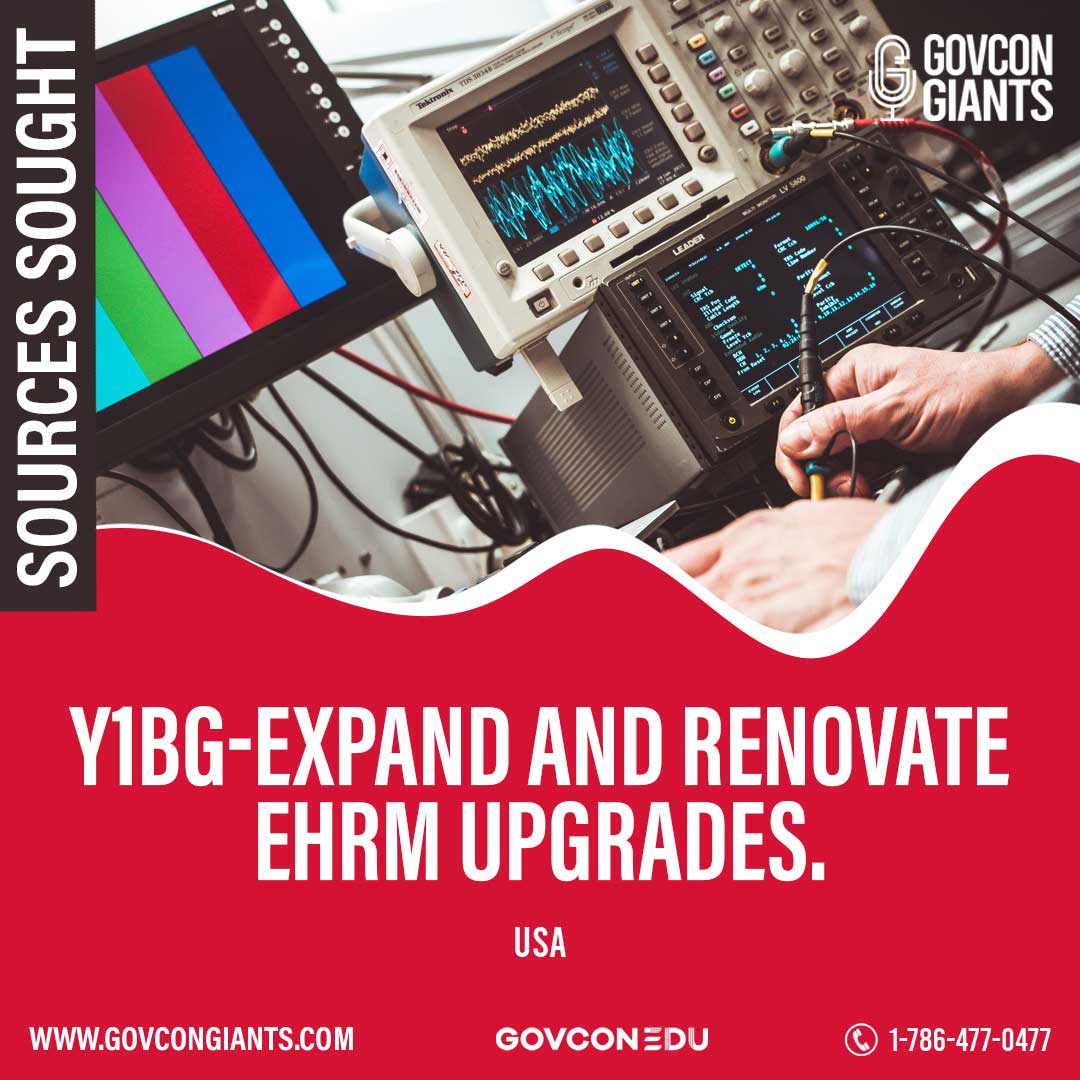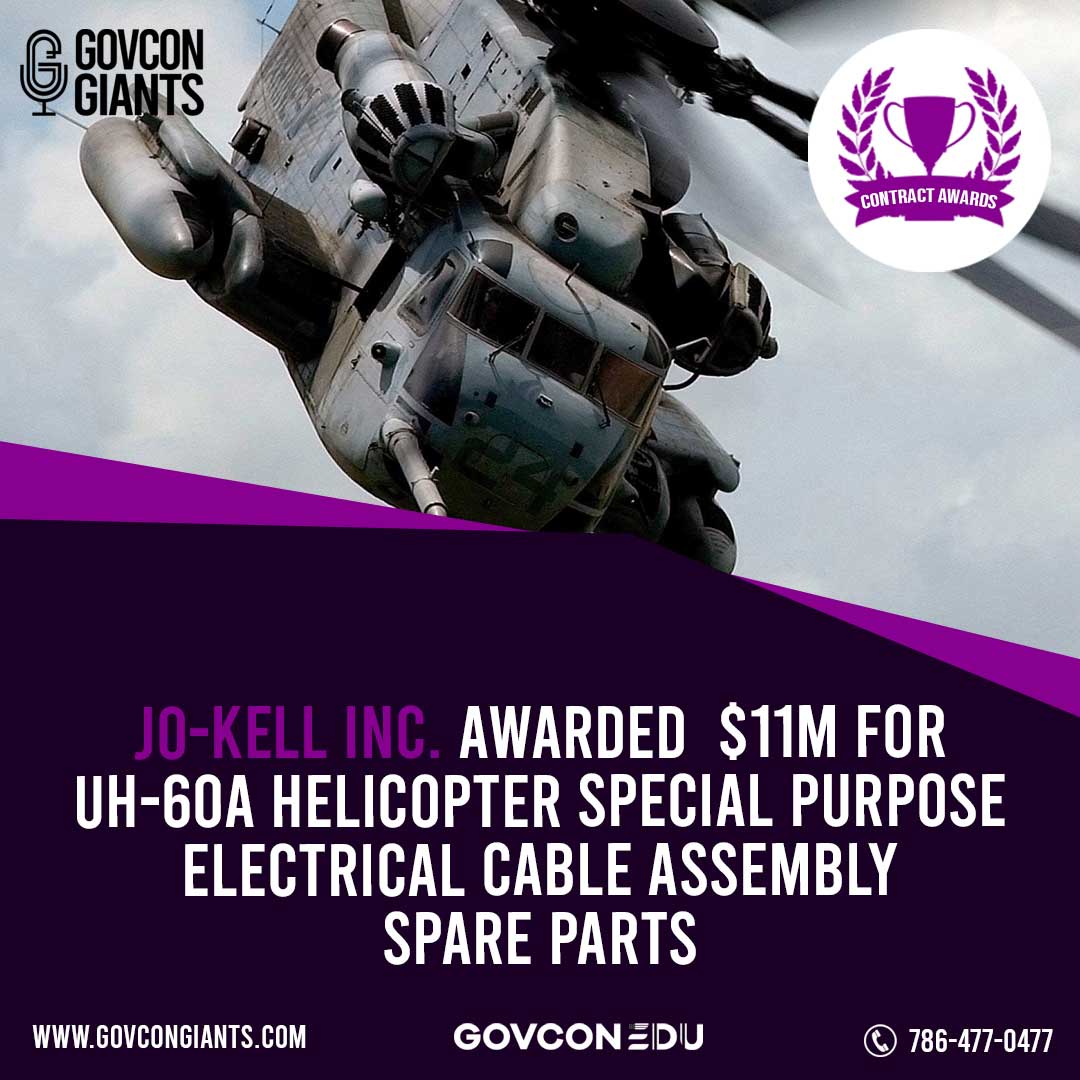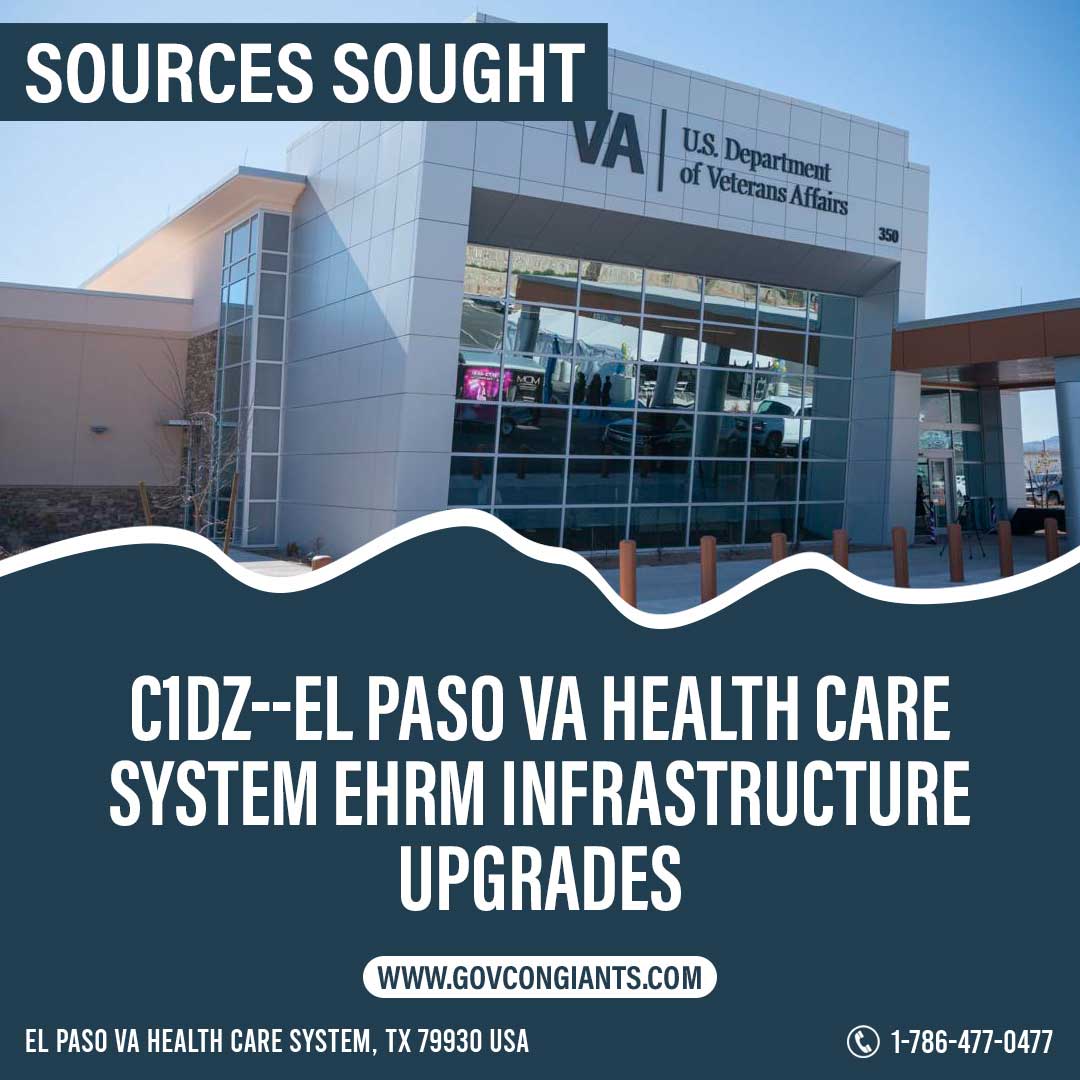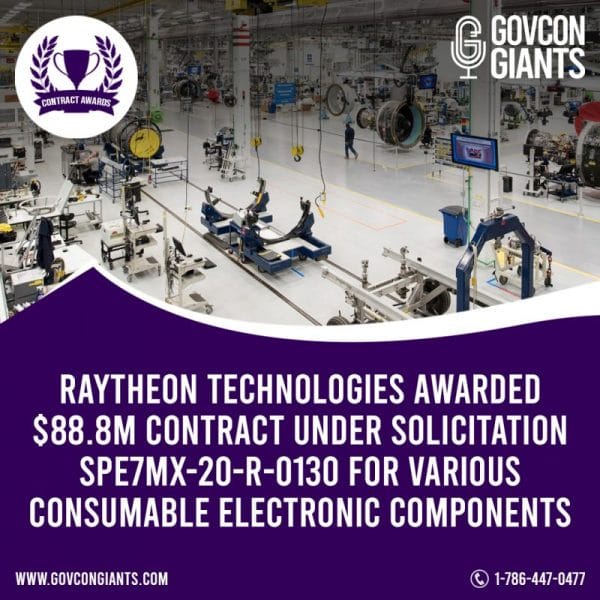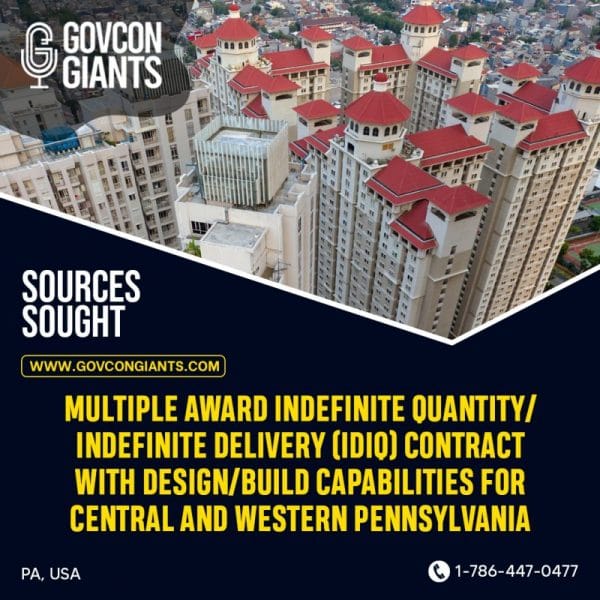Ever heard of the word “debriefing”? If you haven’t, it’s time you are made aware of the value and importance of debriefings to your small business’s success.
It is a requirement by the Federal Acquisition Regulation (FAR) that agencies debrief unsuccessful offerors upon written request.
Despite the government’s efforts to create productive interactions with its industry partners, many misconceptions have been discouraging people from taking advantage of this tool.
The last thing we want for you is to be in a situation where you wish you could’ve done something but weren’t able to because you lacked the information.
So learn from Joshua Duvall as he talks about debriefings and how you can use them as leverage in creating business relationships in the federal industry.
BACKGROUND
Joshua Duvall is the founder and managing partner of Matross Edwards LLC, a Washington, DC-based government contracts and cybersecurity law firm serving government contractors nationwide.
Joshua is a trusted counsel and outside general counsel to small and mid-size government contractors. He counsels clients in complex government contracts, including bid protests (agency level, GAO, COFC), disputes, teaming agreements, subcontracts, joint ventures, regulatory compliance, and cybersecurity.
Joshua received his law degree from The George Washington University Law School and is a Certified Information Systems Security Professional (CISSP).
He has a blog, GovConJudicata.com, which provides news, insights, and legal analysis for anyone interested in staying current with government contracts and cybersecurity issues.
WHAT DEBRIEFINGS ARE REALLY FOR
It’s time we change the negative preconceived notions on debriefings. Joshua shares that there are only two ways people should look at debriefings: information gathering and relationship building.
In the commercial sense, you can’t build a relationship with the private company after you’ve lost the procurement. They will not even explain why you lost.
In government contracts, however, you can learn what went wrong with the procurement through debriefings.
You can use this time to leverage your expertise and build a relationship with the agency so that they can, after you’ve lost the procurement, consider you in future opportunities.
“If you’ve received a notice of unsuccessful, they (the procurement officers) are anticipating it on their end. For a contractor to not avail that opportunity, they’ve lost the opportunity to learn what they lost and to put themselves in front of agency personnel.”
Debriefings are not supposed to be adversarial. When you lose the bid, that does not mean that it is the end of your government contracting journey. It could very well be the start, depending on your mindset.
BID PROTESTS
An effective debriefing process can significantly reduce protests, as protests are often driven by a desire to obtain additional information. If the government is exerting its efforts in conducting effective debriefings, why do people file bid protests?
According to data in the Government Accountability Office’s (GAO) Bid Protest Annual Report to Congress, the most common reason why unsuccessful offerors file protests is related to issues with the evaluation criteria in the solicitation.
Although offerors have access to the evaluation criteria, they often lack insight into how the source selection officials assessed the proposal’s strengths and weaknesses.
At a base level, protest is just a written objection. The question is then, “what are you challenging?”
PRE-AWARDS vs. POST-AWARDS
There are two buckets when it comes to protests; Pre-awards and Post-awards.
1. Pre-Awards
For the pre-awards side, it’s usually challenging the solicitation terms, like the use of ambiguous or internally inconsistent terms. You could also challenge unreasonable evaluation methods.
A protest that challenges the terms of a solicitation must be filed before the time for receipt of initial proposals.
2. Post-Awards
As for the post-awards side, if you’re the unsuccessful offeror, you’re usually challenging an unreasonable technical evaluation, unreasonable past performance evaluation, cost evaluation, and unequal treatment.
The key phrase when it comes to post-awards protests is objective flaws trump subjective flaws. So you should be pointing out objective procedural flaws.
3 PLACES YOU CAN PROTEST
The U.S. Congress authorizes three forums for bid protests, and the applicable legal procedures and available remedies vary considerably under each level.
1. Agency Level Protest
Agency-level protests are filed with the contracting officer or any other agency official designated to receive bid protests for that agency.
This level is most commonly known as the least expensive route for protests because often when you’ve filed for the protest, you are just waiting for the result.
While a protest is pending, the protestors can benefit from an “automatic stay” that bars an agency from awarding or implementing a contract.
Generally, protests before the procuring agency and GAO, as well, tend to be resolved faster and less expensively because they are not subject to specific resolution timetables and formal procedures.
2. Government Accountability Office (GAO)
In GAO protests, you’re dealing with agency attorneys and GAO attorneys in the middle.
Although GAO is a little more expensive because you have a little more briefing involved, its procedures have similarities to the agency-level protest.
Protests with GAO also benefit from an “automatic stay,” and GAO bid protest recommendations are not legally binding. However, since GAO is a legislative entity, its decisions are called “recommendations.”
3. U.S. Court of Federal Claims (COFC)
Unlike the first two, filing a protest with the COFC is frequently more time-consuming and expensive and does not trigger an automatic stay.
Moreover, Protests under the COFC can result in legally binding and conclusive judicial decisions and orders.
The interested parties that disagree with GAO or procuring agency decisions can still bring claims before the COFC. However, the reverse route is generally not permitted.
When you go to the Court of Federal Claims and don’t get the result you want, you can appeal to the US. Court of Appeals for the Federal Circuit.
RESOURCES
If you want to learn more about Joshua Duvall’s experiences and insights learned along the way, then be sure to click the resources below. You can also visit the GovCon Giant website or the new GovCon Edu, where you learn everything about government contracting!
94: How to use Government Debriefing to Win Contracts – Joshua Duvall
https://www.youtube.com/watch?v=ggO435e7NVc&t=264s
